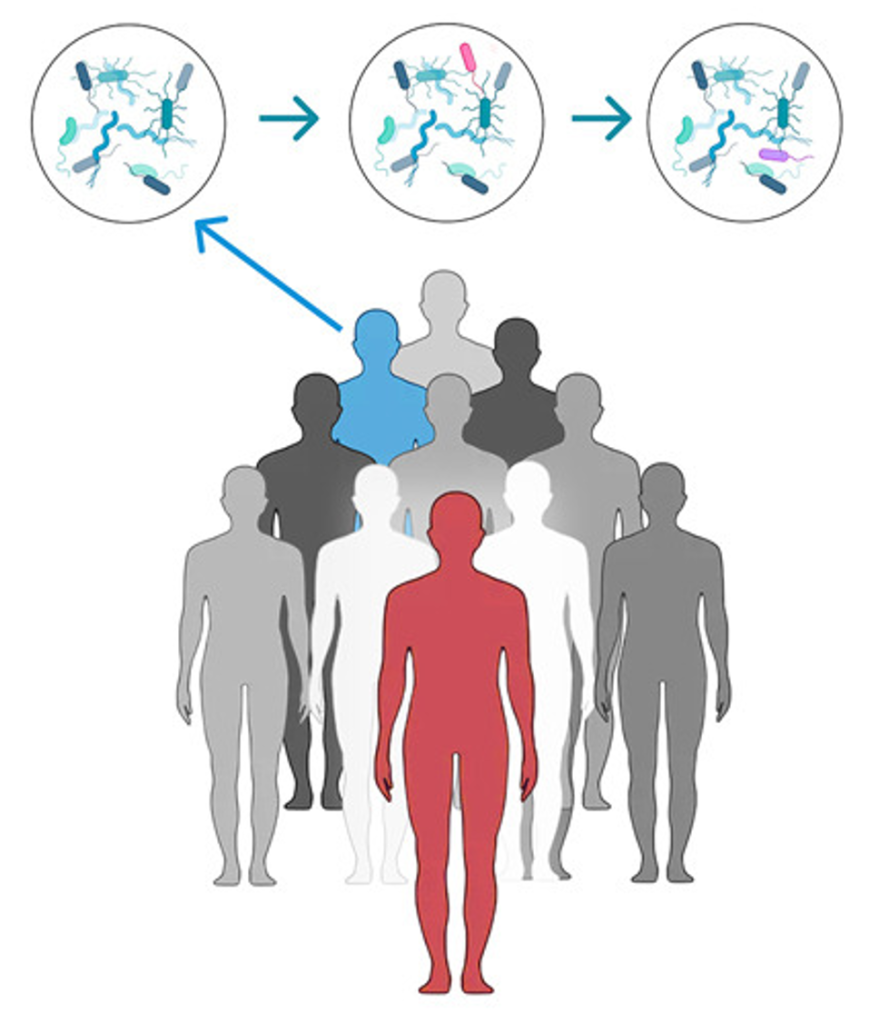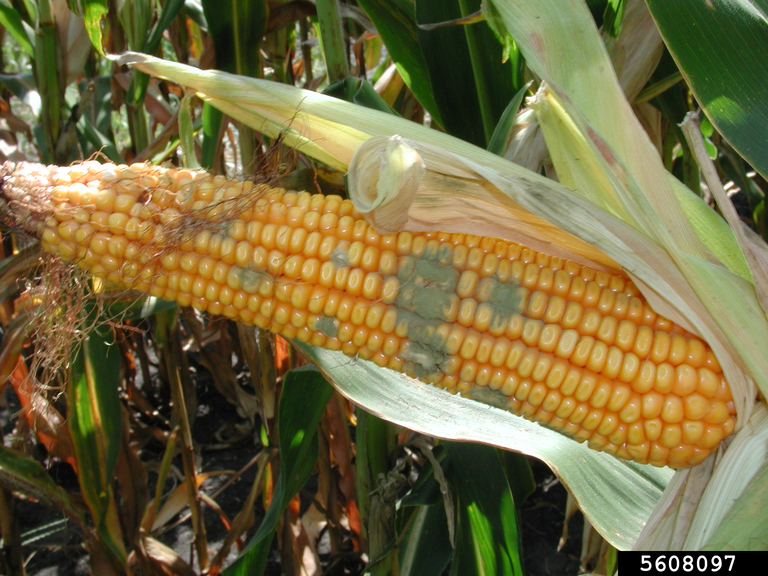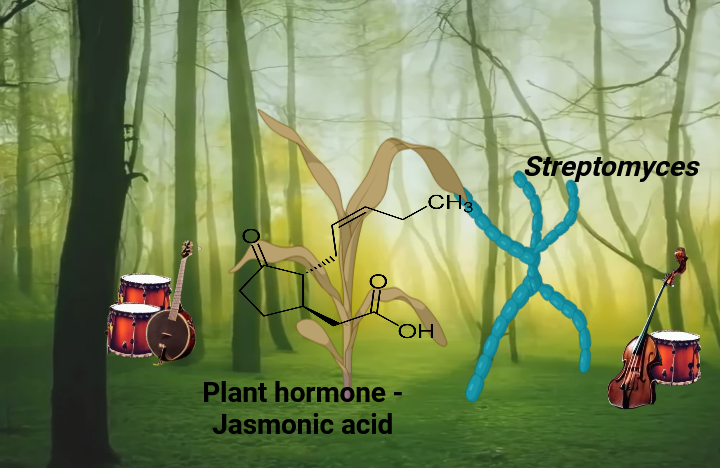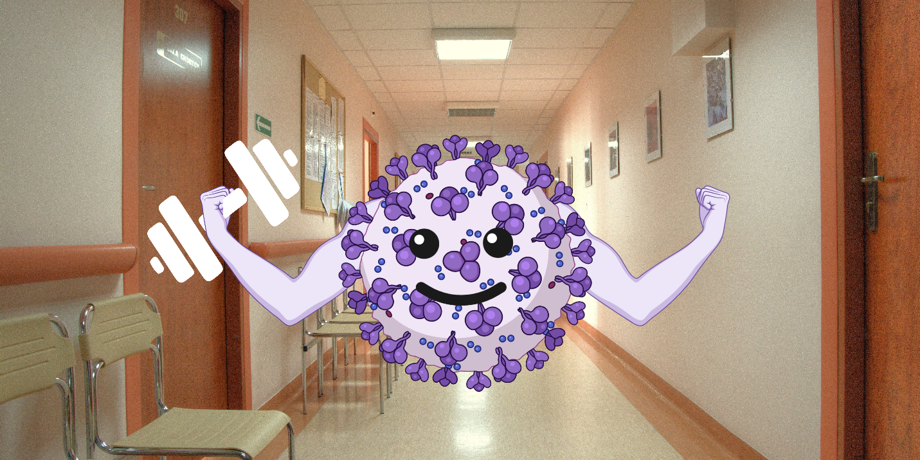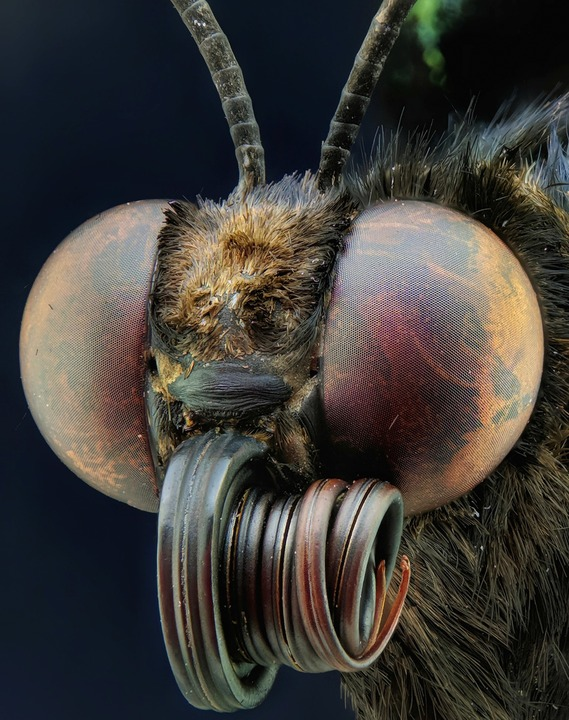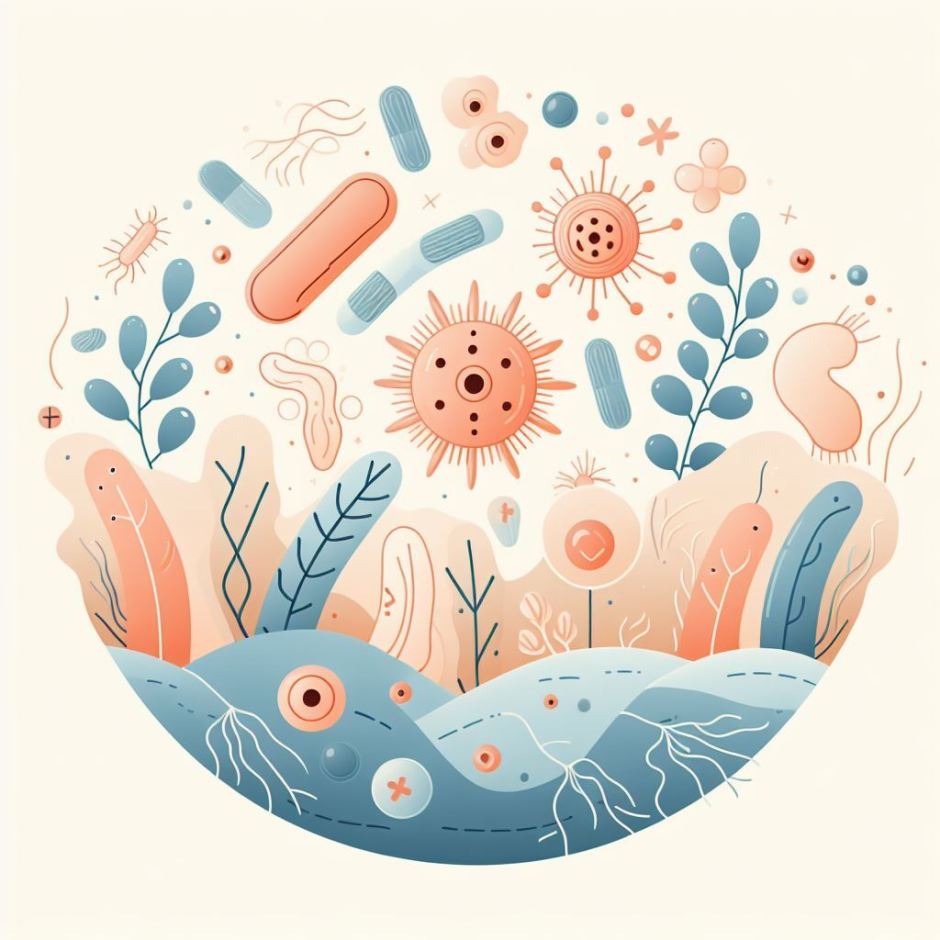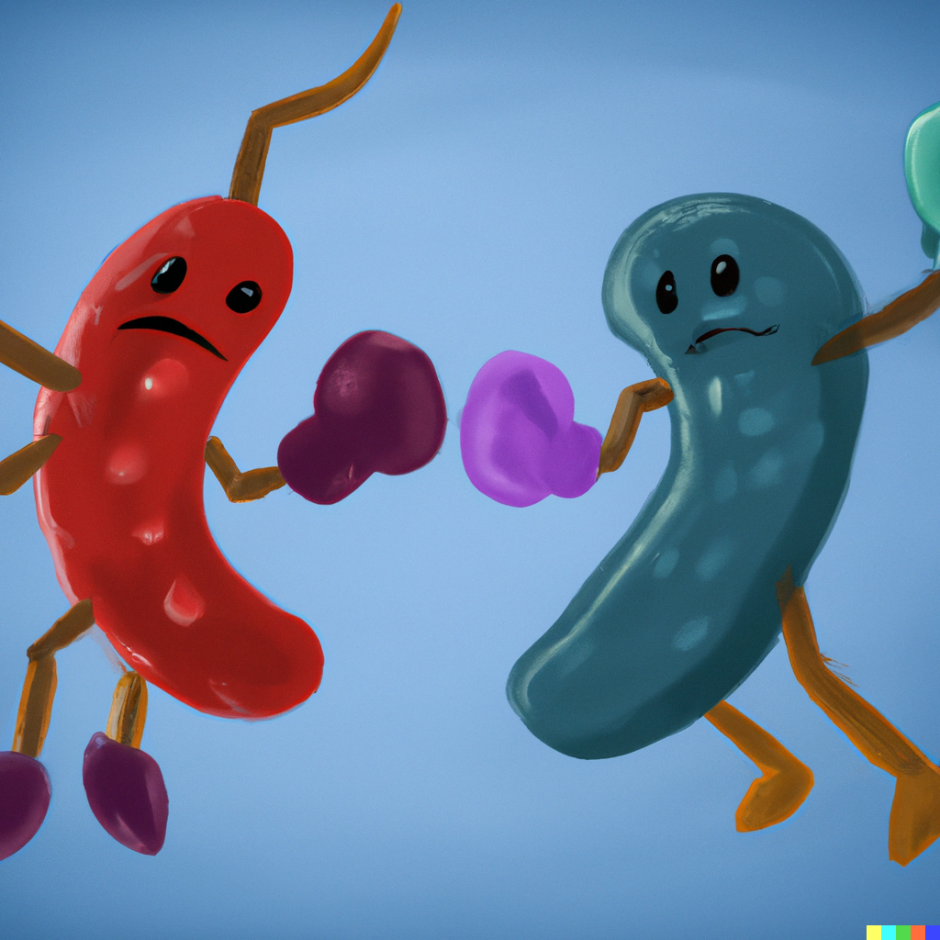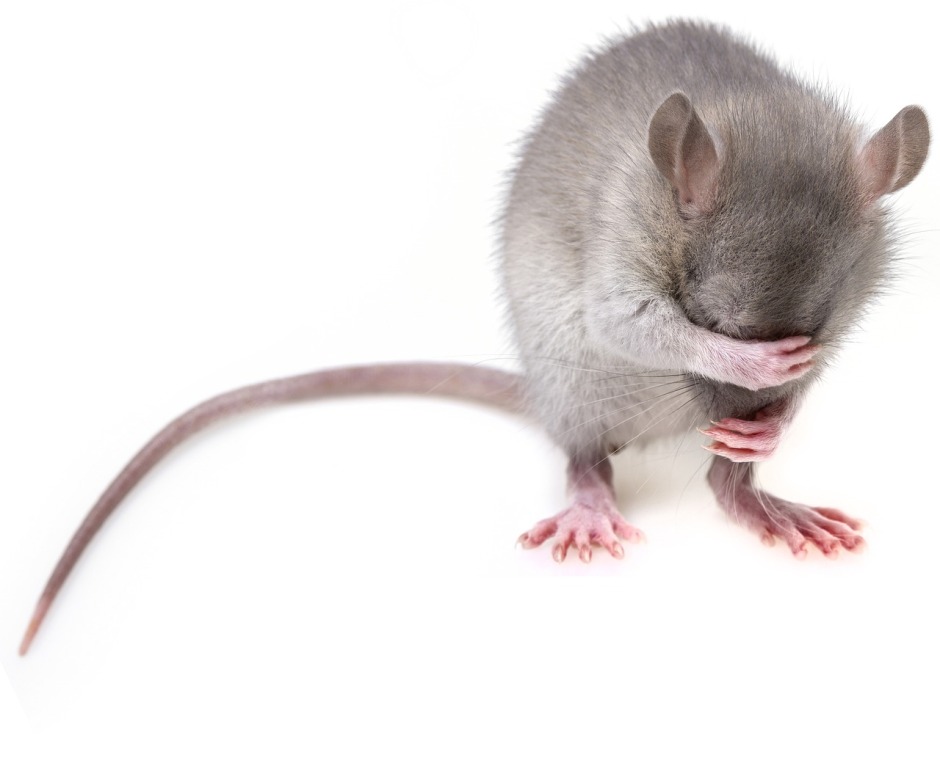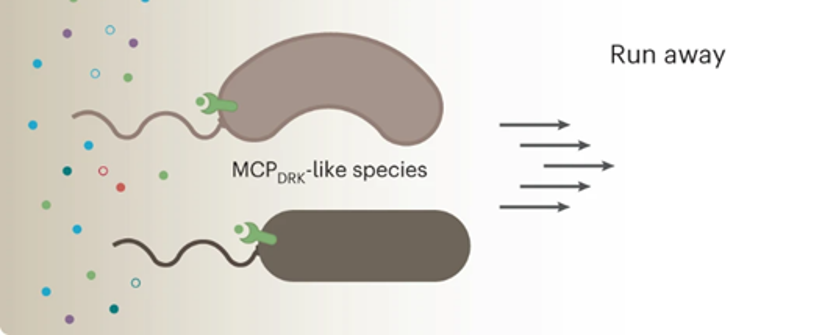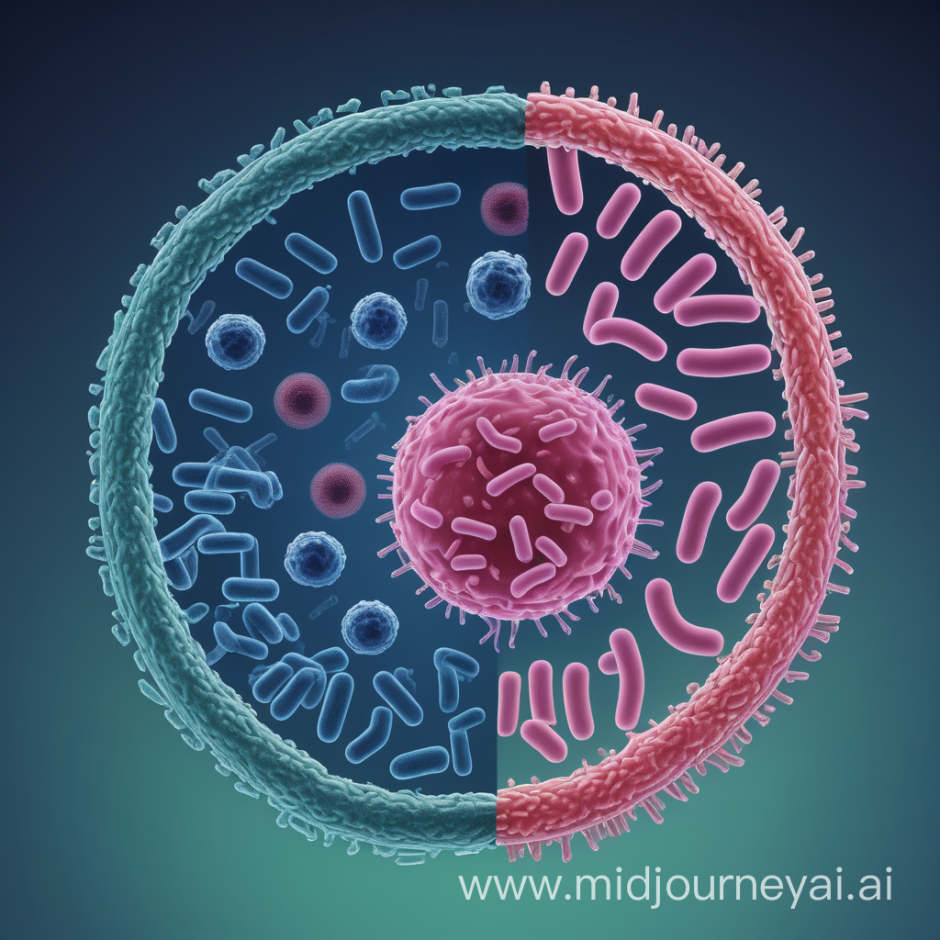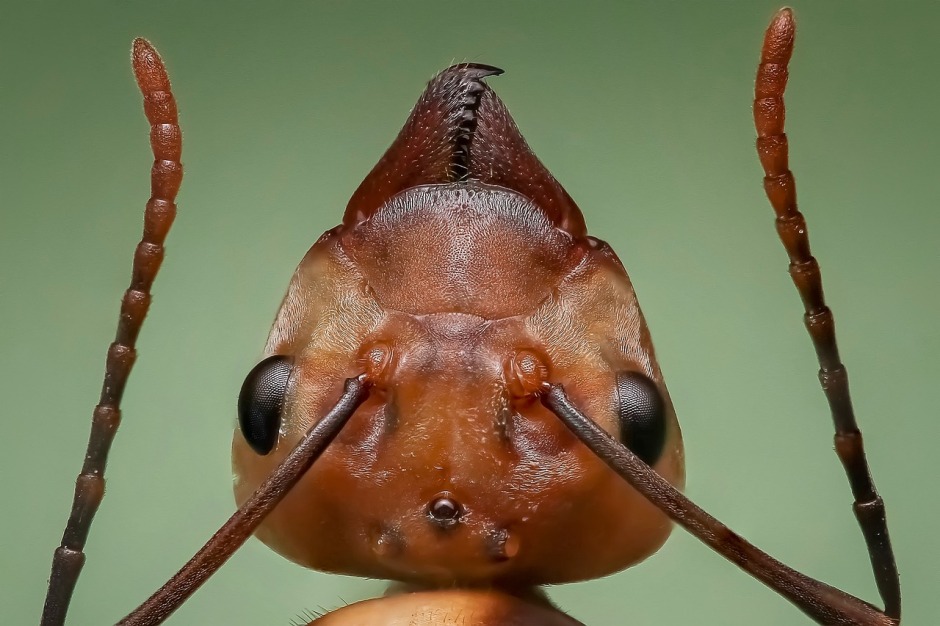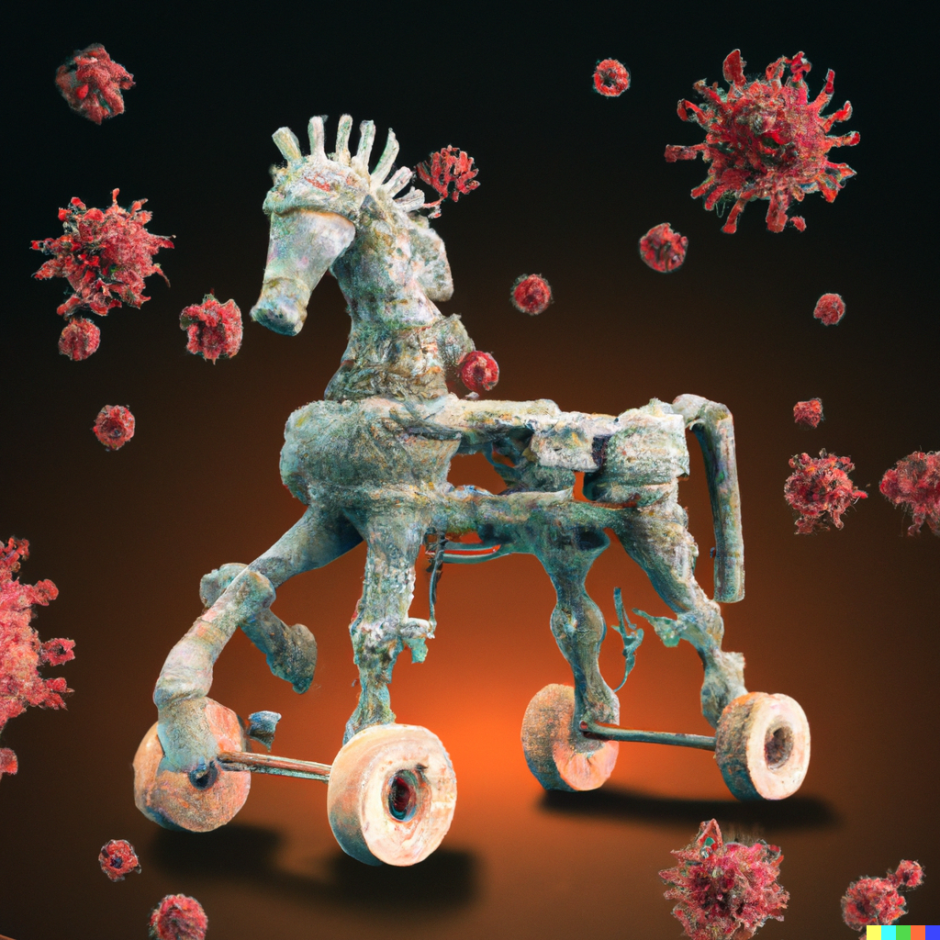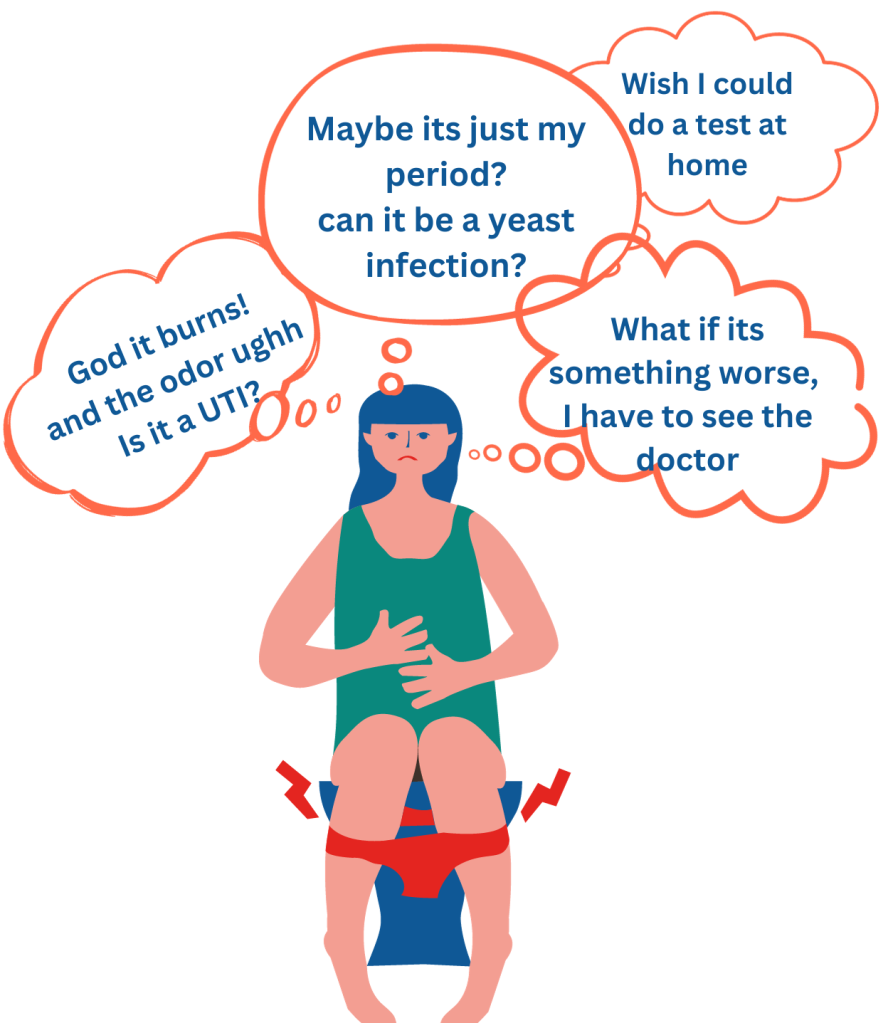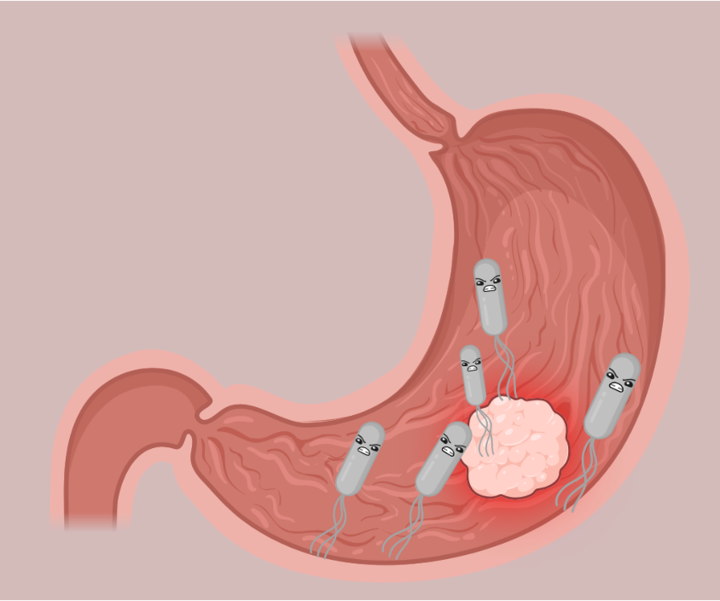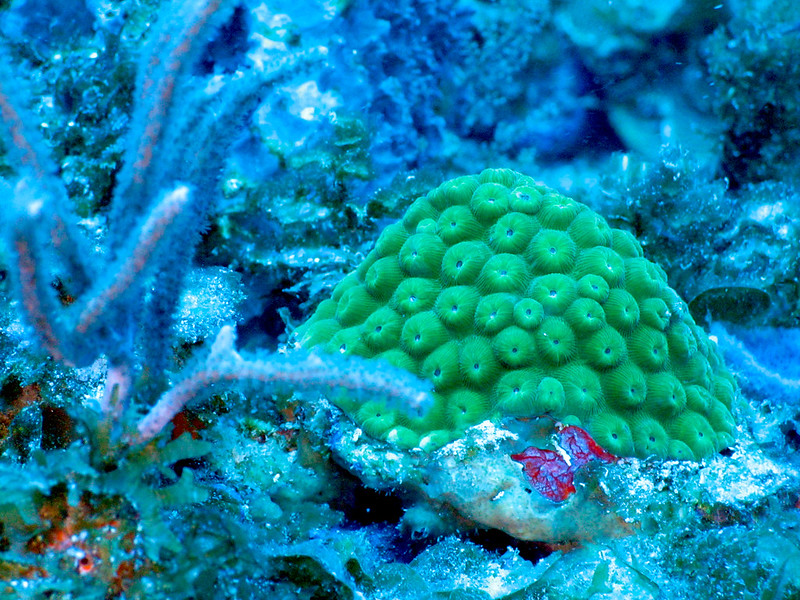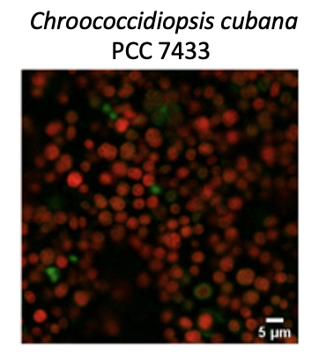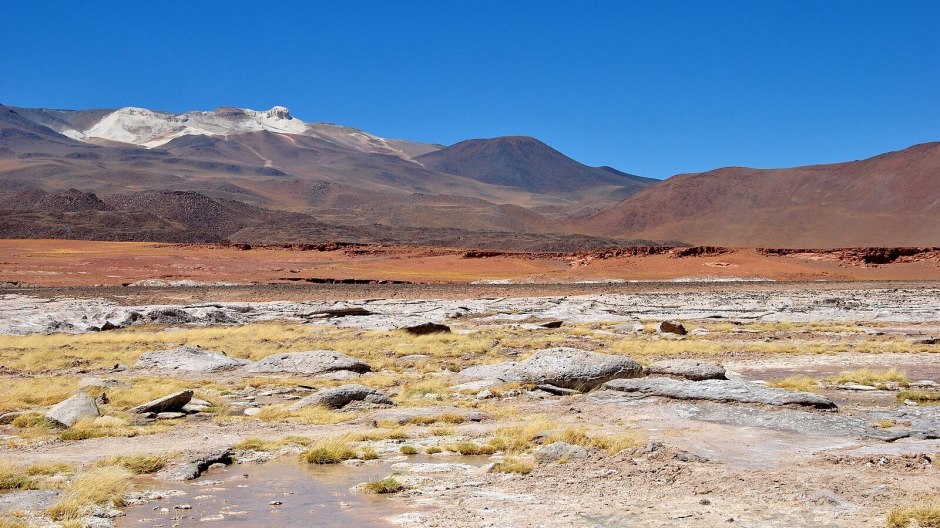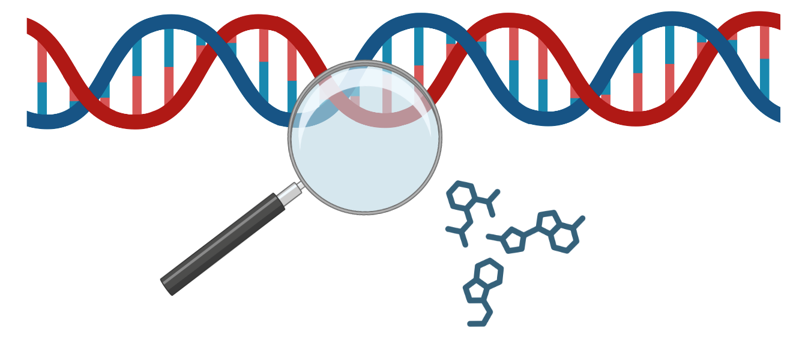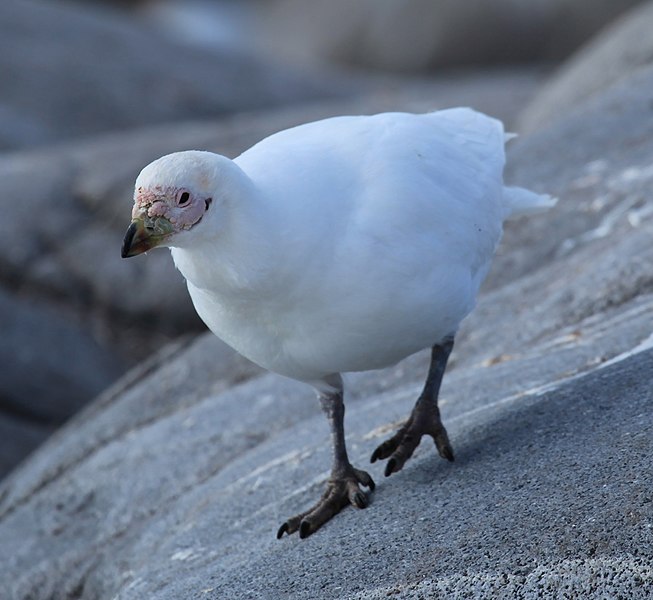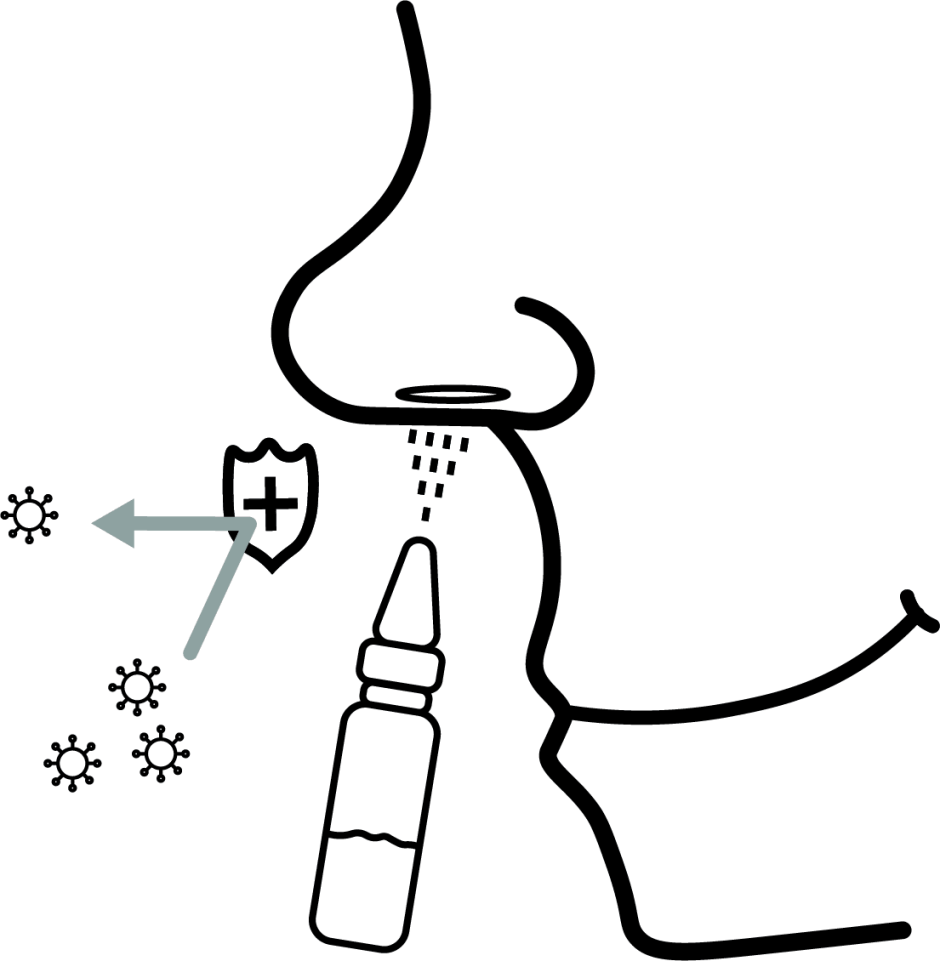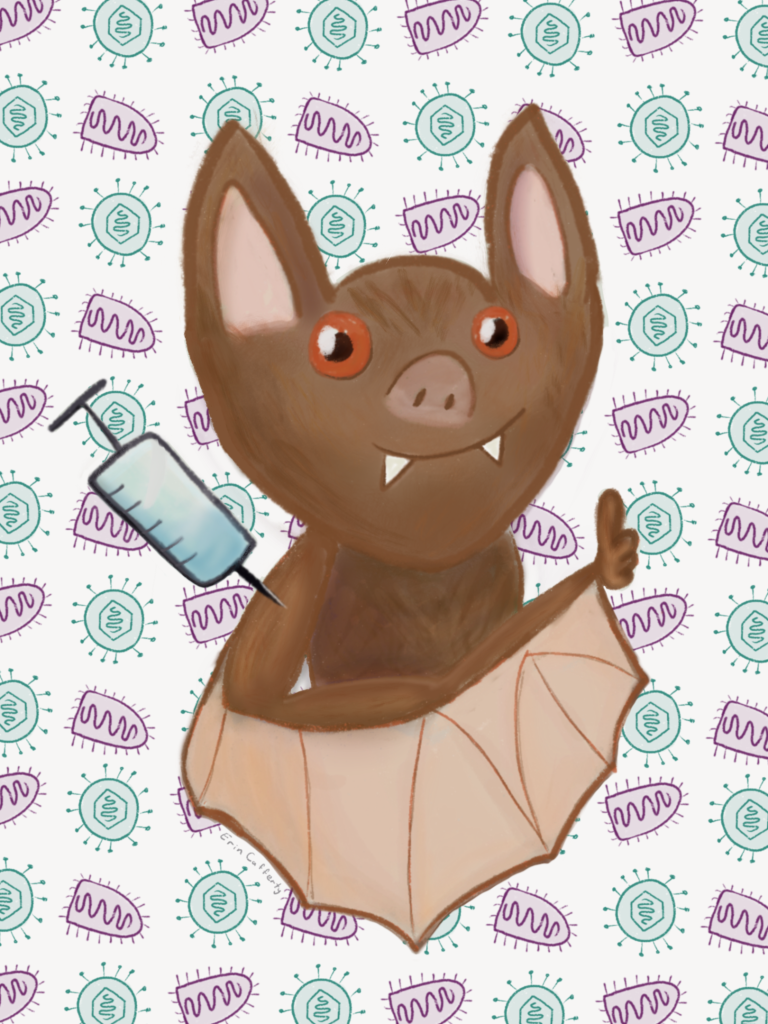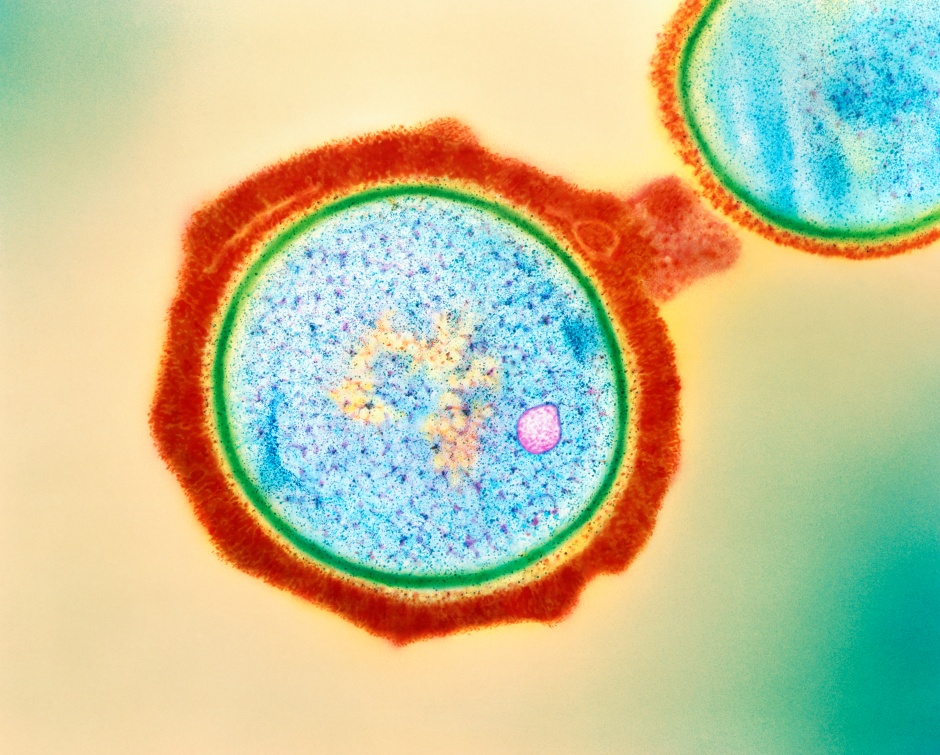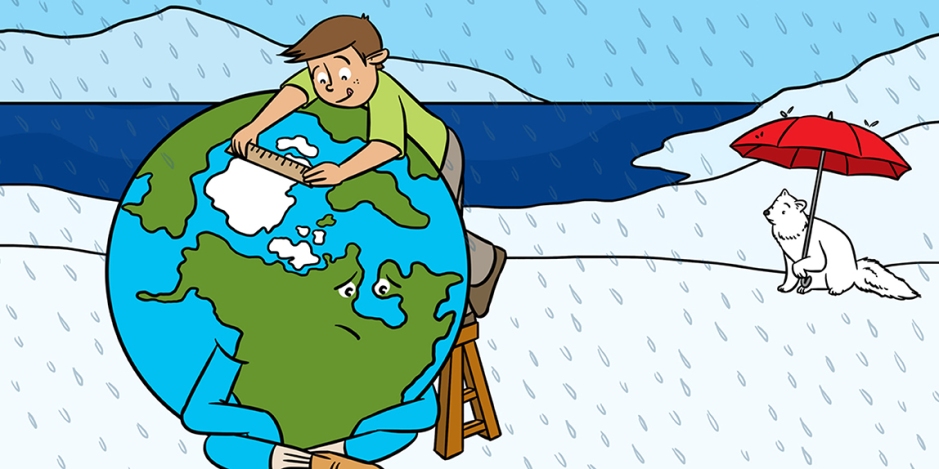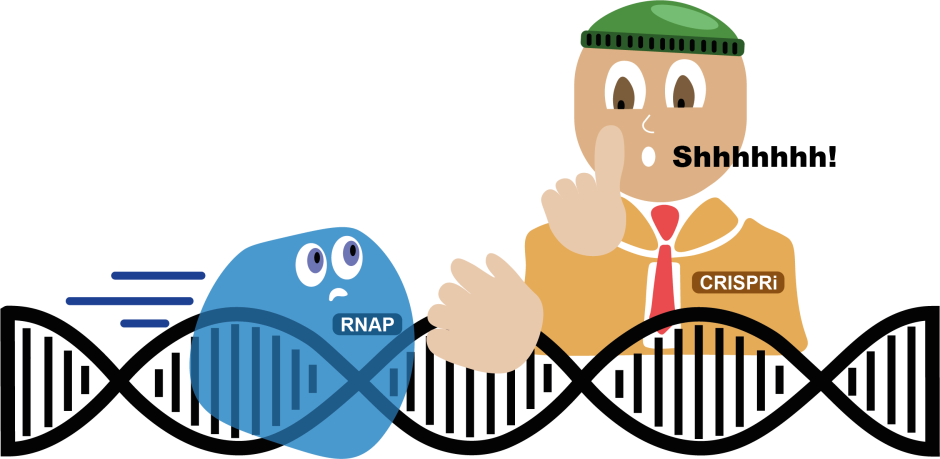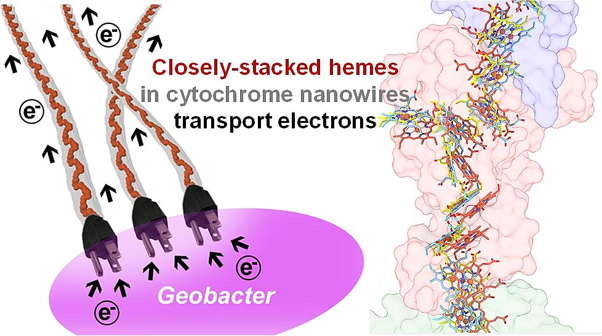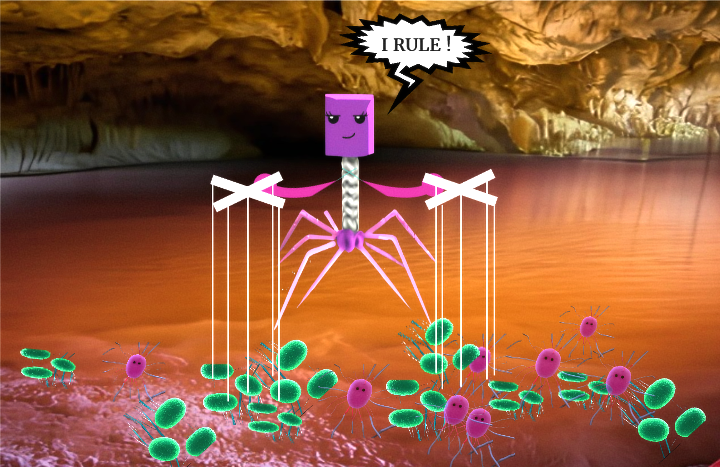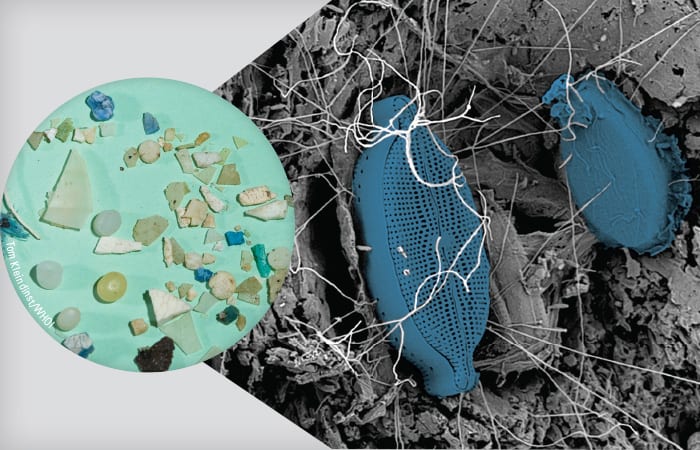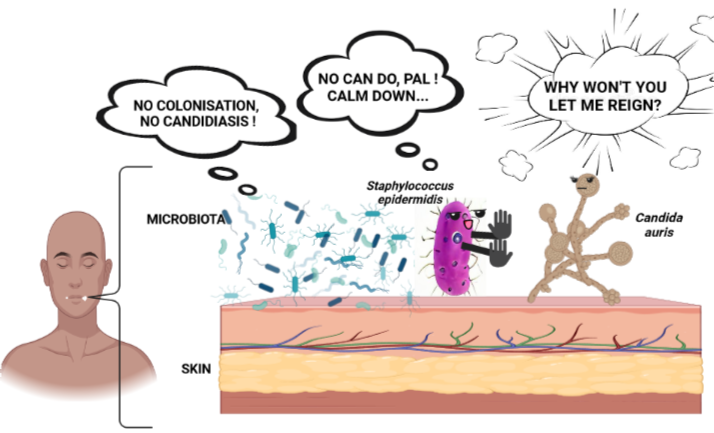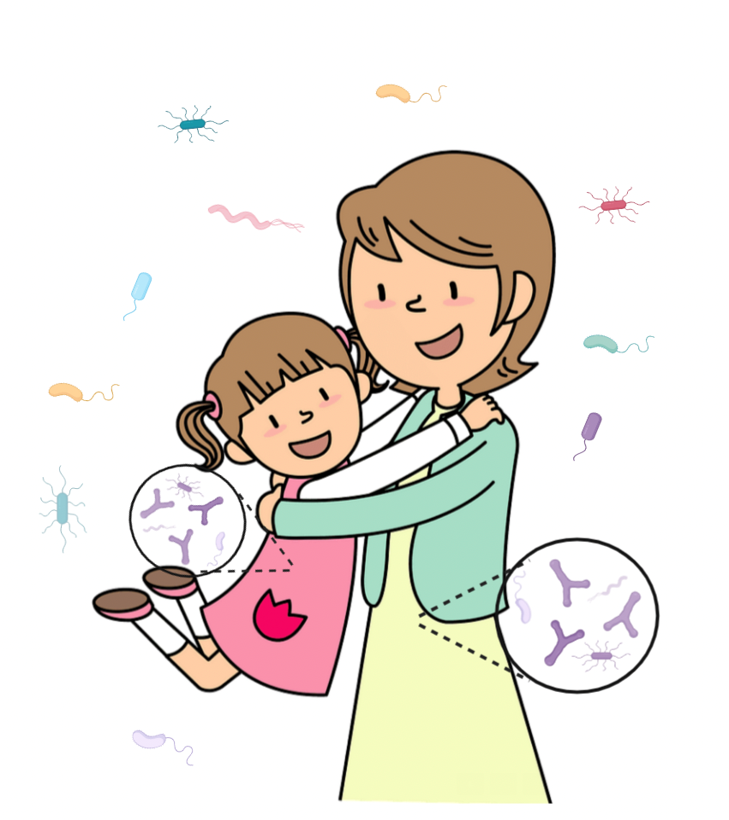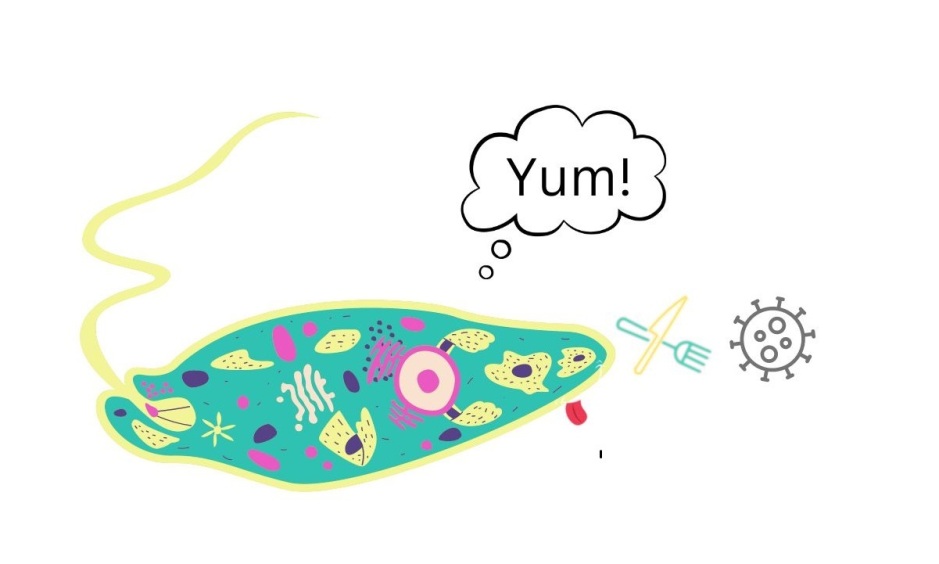
Breaking down the microbiology world one bite at a time
Symbiotic Solutions! Microbes help trees tolerate climate change
They say if you can’t take the heat, get out of the kitchen, but sometimes it’s not that easy. As climate change continues to worsen, animals are forced to migrate to areas with better conditions to survive. Other species aren’t so lucky. Plants are rooted to their location, literally and figuratively, they can’t just leave when their environment becomes too stressful. Instead, plants must quickly adapt or die trying. Global temperatures are rising faster than plants can evolve, leaving them at risk of extinction. For such a big threat, it may surprise you to learn that scientists are thinking small. In a recent study, researchers have shown that they can enhance a tree’s tolerance to climate stress using microbial communities adapted to harsh conditions.
Planting the seed
Just beneath the soil’s surface lies a microscopic metropolis called the rhizosphere. Plant roots exude nutrients into the soil, which microorganisms like bacteria and fungi can feed on. In return, the microbes defend the plant from diseases and convert chemicals into resources the plant needs to grow. This creates a symbiotic relationship between the plant and the microbial community found at its roots. Recent data suggest that the rhizosphere’s benefits go beyond just nutrient exchange. In laboratory conditions, a study found that associations with different bacteria and fungi can enhance the stress tolerance of plants. This means plants could survive climate change with the right microbes supporting them, but scientists are still skeptical. The original studies were performed indoors without the full scope of environmental pressures that plants are under. To put these symbiotic relationships to the test in the wild would be a big undertaking. Still, a research group at the University of Wisconsin-Madison was up for the challenge.
Digging into the science
First, they picked 2 different field sites to test their hypothesis and a greenhouse to use as a controlled environment. Like Goldilocks and the Three Bears, each field site represented a different climate condition; the Southern site was too hot, the Northern site was too cold, and the greenhouse control was just right. These locations were chosen to see if the trees could expand to cooler regions or stay in areas that were becoming too hot and dry, not because they wanted to mimic a famous fairytale.
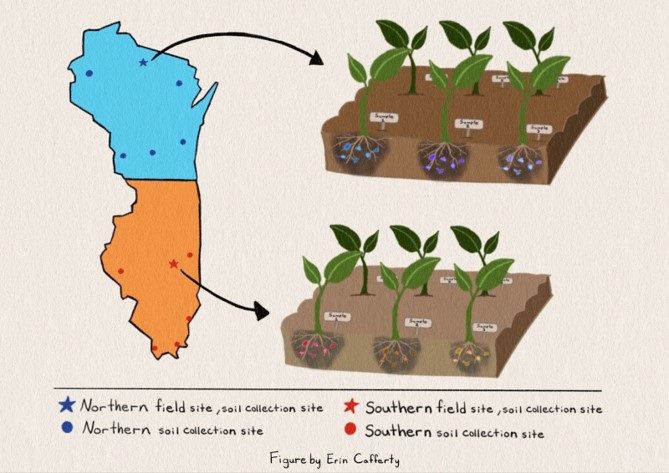
Top right: At the northern field site, saplings were inoculated with microbial samples taken from the northern soil collection sites. Bottom right: At the southern field site, saplings were inoculated with microbial samples taken from the southern soil collection sites.
Next, they needed to source a panel of microbial communities for the experiment, so they collected soil samples from locations with different climate conditions. The team gathered 12 diverse microbial communities in total. Of the samples, 6 were from the northern region where tree species might expand, and 6 were from the southern region where tree species are declining. The microbes that grow naturally at the 12 locations should already be adapted to the area’s average temperature and precipitation level. Researchers hypothesized that trees associated with these microbial communities would have a better chance of surviving climate conditions that their microscopic friends had already adjusted to.
To test this hypothesis, they were careful when setting up the experiment.The seedlings were grown in sterile soil in a greenhouse before being introduced to one of the 12 microbial communities sampled. The inoculated seedlings were left to mature into saplings before being transferred to the field, allowing plenty of time for connections between the saplings and soil microbes. The team wanted to avoid accidentally introducing invasive microbial species into their field sites as that could harm the ecosystem after the experiment. So, saplings grown with microbes sourced from the northern area were planted at the northern field site, and the saplings grown with the southern microbes were planted at the southern field site. Finally, it was time to plant tree saplings in both field sites and let the microbes do their magic.
Reaping what they sow
The trees were left to survive the elements for 3 years, with details of tree survivorship, growth, and soil microbial composition taken seasonally. The results showed that their hypothesis was correct; climate-adapted microbes can enhance the stress tolerance of trees. Trees inoculated with the northern microbial samples showed a significant increase in the ability to survive a cold winter. The trees inoculated with the southern microbial samples were more likely to survive droughts, but the southern microbes were not helpful to trees that experienced average rainfall.
Although they were able to show that adapted microbes can improve plants’ stress tolerance, the authors of this paper note some limitations. Implementing this strategy to combat climate change effects would be very challenging because it would require trees to be inoculated before taking root in their final location. Established forests are still at risk, but there is hope for establishing microbial climate tolerance during reforestation efforts. This study has given scientists a better understanding of plant-microbe stress tolerance. The next step is to test plants from different ecosystems to see if similar results are found. Having the ability to better predict how microbes might help plants in times of stress will benefit future conservation plans.
Featured image: Original artwork by author Erin Cafferty


